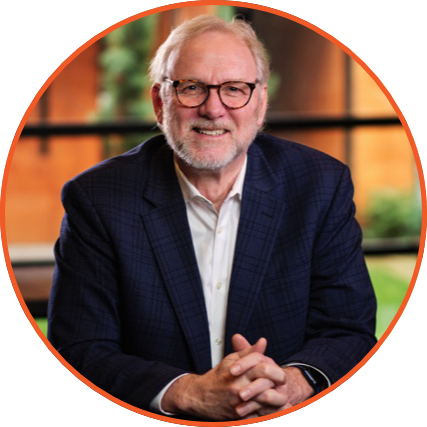Always being on. Anywhere, anytime, any place. Former Microsoft executive, Linda Stone, refers to this as “continuous partial attention.”
According to Linda, continuous partial attention is not multitasking. Multitasking involves doing a couple of mindless activities at the same time, like listening to the news while cleaning your office or talking on the phone while filing papers. One or both of these activities is automatic and routine, requiring little cognitive processing. Continuous partial attention is different because none of the activities involved are automatic or routine, all of them are urgent.
But there’s a price to be paid for this urgency: moment by moment adrenaline spikes that leave us in a state of perpetual crisis.
The problem with adrenaline, a chemical produced involuntarily in the human body, is that it’s not intended for daily use. It should be reserved for actual emergencies. Under the influence of adrenaline blood rushes from our brains to our bodies. Our heart beats faster, our blood pressure rises, our muscles tense in the face of a perceived threat. A very real physiological alarm system is set off. But no alarm should ring all day, that’s just exhausting.
The second problem with adrenaline is that it’s addictive. The constant state of urgency it creates becomes a way of life we can’t get enough of. We crave the rush of excitement it brings as much as the alcoholic craves his next drink, the junkie his next hit. That’s why you feel the irresistible to urge to check your email on vacation.
This addiction results in emotional and physical burn out. We’re running on rocket fuel, but we’re designed for regular unleaded. The occasional emergency is fine, but the state of crisis most of us live in, not only makes us less effective, it also makes us profoundly unhealthy.
Here’s the cost of continuous partial attention to your business. No one does their best thinking in a crisis. We think we do, but that’s just our adrenaline talking. Remember, under the influence of adrenaline, blood rushes from our brain not to it. Constant urgency keeps us from giving full, concentrated attention to our work. And our work suffers.
I regularly hear from my executive coaching clients that their most productive work times are in the evening at home before they go to bed or on the weekend. Why? Because all their distractions are turned off (or at least minimized). But who wants to live that way? Do you really want to work an 8-10 hour day and then do your real work after hours and on Saturday and Sunday?
Not that I want to live off the grid. I love all things digital. It’s just that technology must serve us, not the other way around. We must learn, as the ancient proverb advises, how to slow down to move faster. As you enter a new year, make that proverb your mantra. Your work, your family, and your body will thank you.
Image by Gerd Altmann from Pixabay


